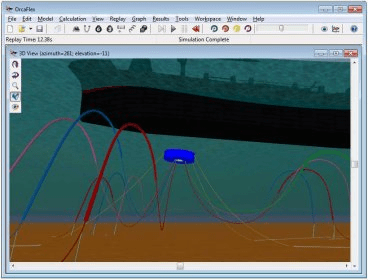


Iteration smart statics will change the data on all the objects. So if you have specified 1-4 above then on each

Increasing the whole system minimum damping makes it solve:īy default, on each iteration, all the adjustments will be attempted. Moving the free EndB of a line around makes it solve:Ĭhanging the Step 1 statics method makes it solve:Ĭhanging the damping on a line makes it solve: Text after the underscores should be the data name that needs adjusting (and another double underscore and the index Tags need to be defined on the object that you want to adjust and start with “ss” and a double underscore ( ss_). Nudge: changed incrementally on each attemptĬycle: set by cycling through all choices in turnĬhoice: set to a random selection of choices There are 4 types of adjustment that can be specified:Ībsolute: set to a random absolute value between limits Smart statics helps overcome these issues by allowing you to add object tags that will be used to iteratively findĪ model that solves in statics. One of the limitations of building batches of models that are run automatically is that for complex models,Įspecially those that implement line contact data, changes to the model data can result in a model that solved in statics in the base model failing to solve in statics in the load case model. More details are available in Model Views. This will have exactly the same effect as the code in method 2 above. From qalx_orcaflex import data_models as dm front_view = dm.


 0 kommentar(er)
0 kommentar(er)
